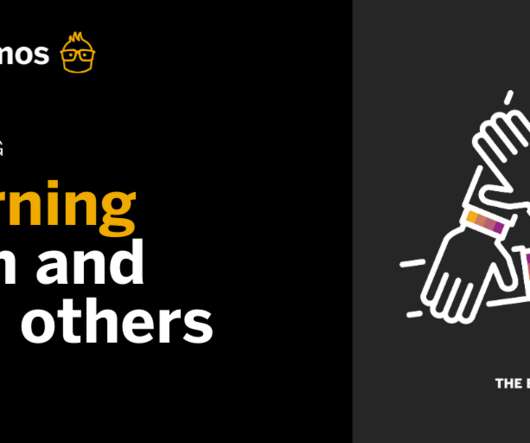Situated Cognition In eLearning: What eLearning Professionals Should Know
TalentLMS
DECEMBER 7, 2015
In this article, I’ll shed light on the situated cognition theory, from its core principles to tips that will help you use it in your next eLearning course. Situated cognition is based on the idea that learning is most effective when it is in context. 4 Situated Cognition Best Practices. According to J.












































Let's personalize your content